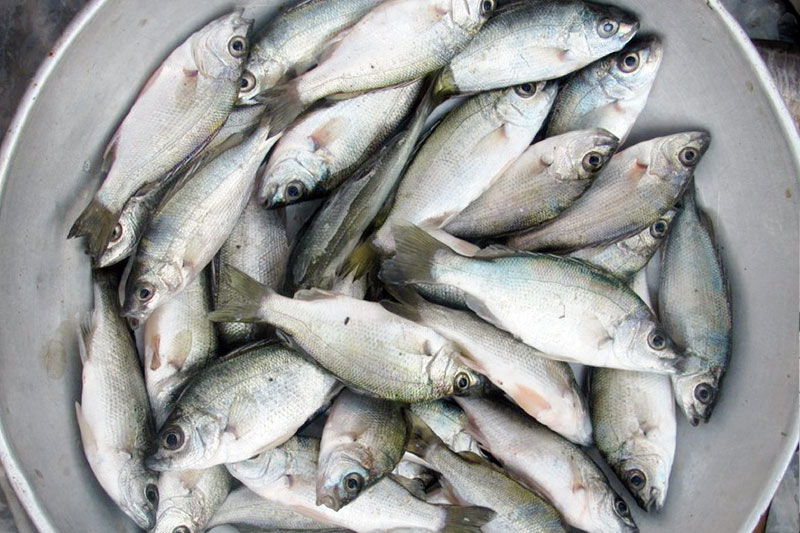Reviving ayungin culture in Laguna

MANILA, Philippines - Who would have thought that these tiny species, which grow to a maximum length of about 16 centimeters, are a promising catch?
Considered as one of the most expensive freshwater fishes in the country, ayungin or silver perch is a small fish that is classified as among the near-threatened species in the Philippines. It is indigenous to Laguna de Bay and is claimed to have been introduced to other water bodies including Taal Lake in Batangas and Sampaloc Lake in Laguna.
Despite declines in populations and commercial catches within Laguna de Bay in recent years, the demand for ayungin remains strong and, thus, still commands a relatively high price (from as low as P90 to as high as P250 per kilo of whole fish, either fresh or dried, and depending on the season).
Demand is high because locals find its flesh tasty and delicious. Ayungin is mostly preferred over other edible native freshwater species.
Because of its favorable commercial characteristics, ayungin has attracted significant research interest as a potential aquaculture species.
The University of the Philippines Los Baños–Limnological Research Station (UPLB-LRS), the Bureau of Fisheries and Aquatic Resources–National Inland Fisheries Technology Center (BFAR-NIFTC), and the Bureau Agricultural Research (BAR) are collaborating on a research and development project titled, “Development of Seed Production and Grow-Out Culture Techniques for Ayungin.”
The project seeks to develop spawning and larval rearing protocols for effective mass propagation, develop effective grow-out culture techniques and generate knowledge on growth potentialities under fixed cage conditions in Laguna de Bay waters, and develop effective grow-out culture techniques for the species under closed pond conditions
According to the lead project proponents, Ma. Vivian Camacho and Adelaida Palma of UPLB-LRS and BFAR-NIFTC, respectively, the challenge at the moment is to produce a reliable supply of good quality seed to meet the needs for ayungin grow-out culture.
Stocking shall be done using young juveniles caught from the wild as parent materials. Hence, efforts have to be made for continuous breeding and application of larval rearing technology in developing them as aquaculture species.
Recently developed hatchery techniques have to be standardized to ensure high survival rates and production in ponds.
The development of the technology required for the grow-out culture, on the other hand, will include the determination of optimum stocking density in fixed cages either in ponds or in open lake waters, plus the nutrition and feeding regime necessary for optimum production.
The project shall also assist local fisherfolks in adopting the technology developed on seed production and grow-out culture innovation for ayungin. It will also initiate the establishment of a sustainable hatchery facility for mass production of ayungin fingerlings.
Further improvements on larval rearing shall be done through reduction of stress during spawning and providing sufficient natural feeds.
A highly centralized system still needs to be established in order to produce large amounts of live feed while preventing contamination or population collapse.
- Latest
























